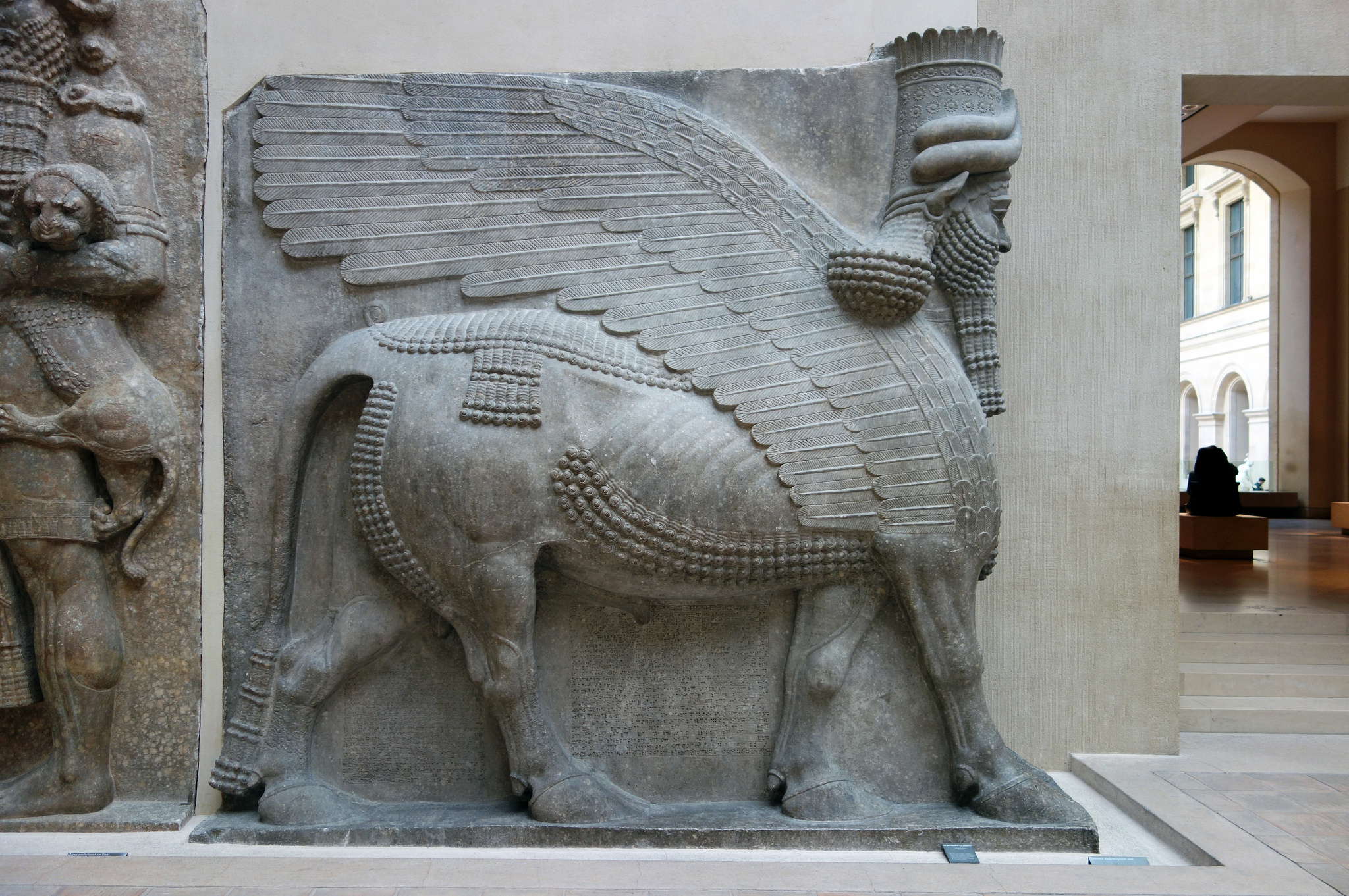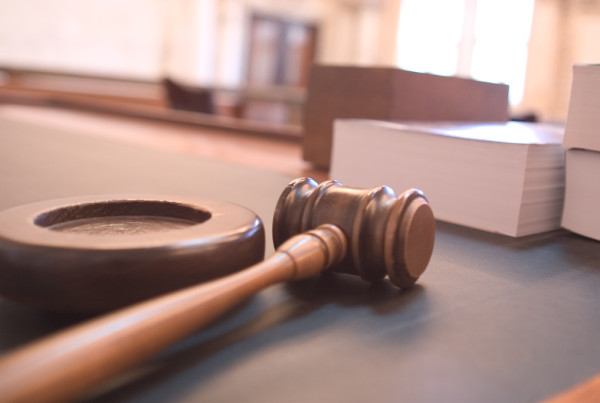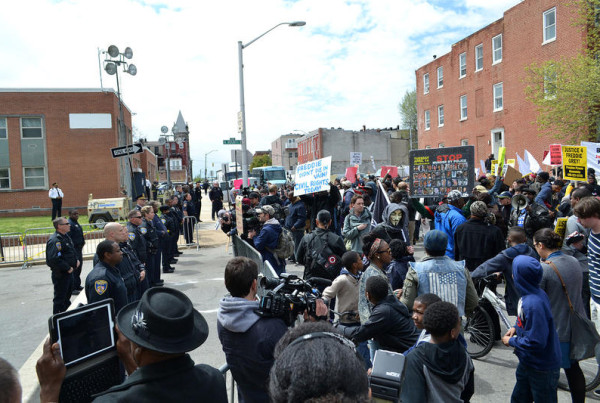ISIS militants in Syria and Iraq have gotten plenty of attention for destroying important Islamic art, and putting the videos online. Stephennie Mulder, an Art History Professor from the University of Texas spent ten years in Syria as an archaeologist and historian. She says it’s not just random destruction – there are some very specific goals.
“I should probably begin by saying ISIS is not the only group destroying art in Syria and Iraq,” Mulder says. “Very serious destruction has taken place under the Assad regime – and we’ve also seen destruction carried out by the Free Syrian Army…ISIS is getting all of the media attention, because ISIS is of course, a current political foe of the United States – but the destruction really crosses a lot of different boundaries in Syria, which is very bad news, of course, for Syrian cultural heritage.”
Why is ISIS targeting these sacred and ancient sculptures and archaeological artifacts? “It’s politics, and propaganda,” Mulder says. “These videos that we are seeing are works of propaganda … they are really acts of heritage terror.”
The goal of this heritage terror is to destroy sense of identity, by removing these objects that are key to locals sense of cultural pride and understanding. But the other goal, Mulder says, is “to thumb kind of thumb their noses in some way to the international community.”
There’s also a third component, Mulder says: ideology. ISIS believes that anything, from a cross in a church to an image of an ancient God, is idolatry. “They’ve cast that net wide enough to include Muslim saints’ shrines, and so they’ve destroyed a number of those as well.”
But this, Mulder says, is a very very fringe view in the Muslim world. “I should say that Muslims have worshipped at saints’ shrines from the beginning of the faith.”
So where, one might ask, are Syria and Iraq’s ‘Monuments Men?’
“[They] are working hard in Syria right now. And what can be done is that we can support the work of these people. There are groups who are doing that right now. There’s a group that is funded by the State Department … there’s a group that is working out of the Penn Heritage Center and the Smithsonian Institute, that has been supporting the efforts of local Syrian heritage workers, archaeologists, art historians, museum workers to help preserve and protect these sites.”
Recently, the Penn/Smithsonian group successfully “walled up” one of the most important mosaic museums in Syria. “So far that site has been secured and is safe,” Mulder says.














